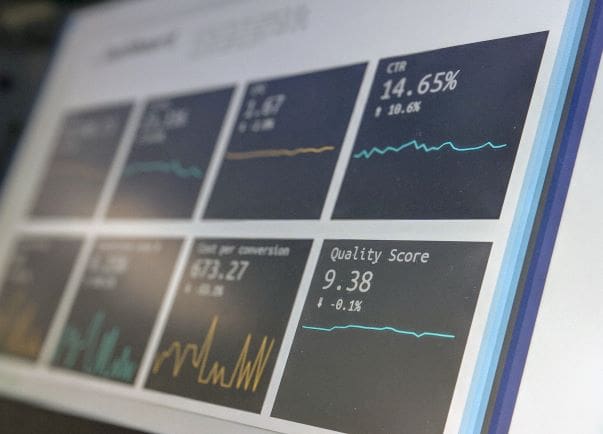A self-directed individual retirement account (SDIRA) is a type of individual retirement account (IRA) that can hold a variety of alternative investments normally prohibited from regular IRAs. Although the account is administered by a custodian or trustee, it’s directly managed by the account holder—the reason it’s called “self-directed.”
An SDIRA can be used to invest in a much broader range of assets than a regular IRA. These include real estate, private equity, hedge funds, and venture capital. The account holder can also choose their own investment adviser, rather than relying on the choices made by a custodian or trustee.
One downside of an SDIRA is that account holders are responsible for their own investment decisions. This can be a good thing, as it allows investors to tailor their portfolios to their individual needs and risk tolerances. However, it also means that investors must do their own research into the investments they’re making.
The main difference between SDIRAs and other IRAs is the types of investments you can hold in the account. In general, regular IRAs are limited to common securities like stocks, bonds, certificates of deposit, and mutual or exchange-traded funds (ETFs). SDRIRAs, on the other hand, can hold alternative assets like real estate, private company stock, venture capital and hedge funds.
This greater investment flexibility is one of the main reasons why SDRIRAs have become so popular in recent years. Since the financial crisis of 2008, investors have been looking for ways to reduce their exposure to the stock market and explore other investment opportunities. SDRIRAs offer a convenient way to do this, without having to set up and manage multiple accounts.
Another advantage of SDRIRAs is that they can be used to defer taxes. For example, let’s say you contribute $5,000 to your SDRIA in 2019. The money will be tax-deferred until you withdraw it, which could be many years down the road. This can be a great way to save for retirement or other long-term goals.
SDRIRAs are also very versatile, and can be used for a variety of purposes beyond just investment. For example, you could use an SDRIA to purchase a rental property, which could generate income and help you build equity. Or, you could use it to invest in a private company, which could give you access to potentially higher returns.
So if you’re looking for a way to expand your investment options beyond the stock market, an SDRIA may be the right choice for you. Contact your financial advisor to learn more about SDRIRAs and how they can fit into your overall investment strategy.
ETFs (Exchange-Traded Funds)
ETFs are also a popular investment option for SDIRAs. ETFs are baskets of securities that track an index, commodity, or sector. They offer investors a way to gain exposure to a wide range of assets, without having to purchase all of them individually. ETFs are also very tax efficient, meaning they generate less in capital gains taxes than individual stocks.
As a result, ETFs have become a popular investment choice for many SDIRAs. They offer investors a way to get exposure to a wide range of assets, while keeping their tax burden low. And, since they track an index or sector, investors don’t have to worry about picking the right stocks or making the wrong investment decision.
So if you’re looking for a way to add some diversification to your IRA portfolio, ETFs may be a good option for you.
You can learn more from our free and informative workshops. Join us: https://www.tlwbevents.com/workshop


